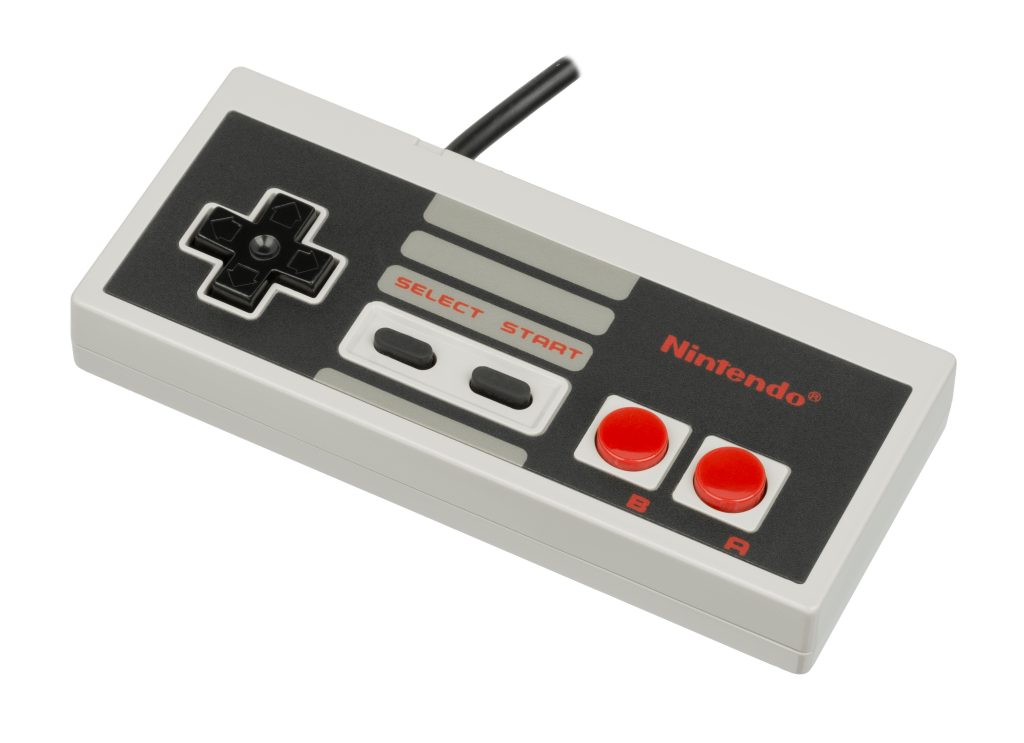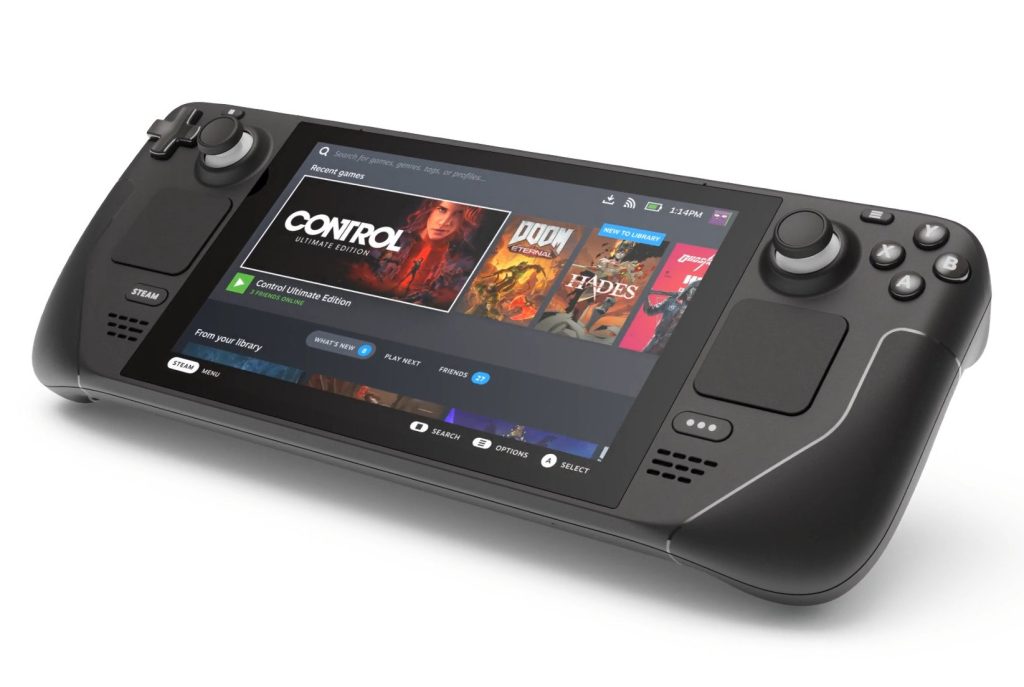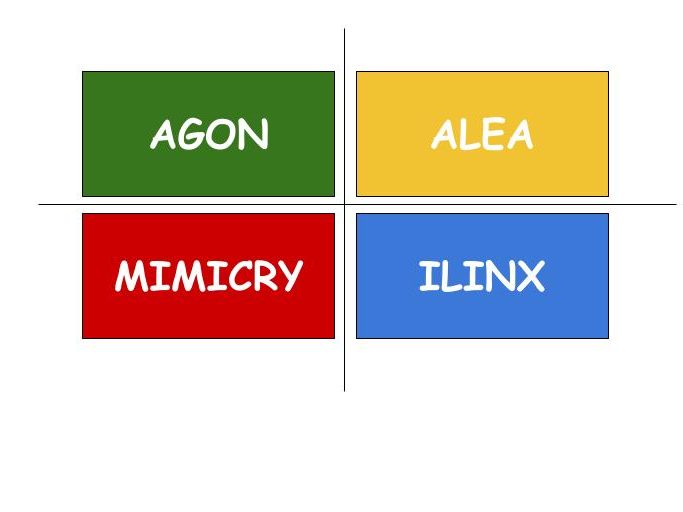Companies hire game designers (and other profiles) to build their business. Game designers have a specific focus on features and content. When we design features, the best way of showing their value is to focus on the benefits of that feature.
- Business leaders love to hear about the impact of a certain feature, more than the quality of it.
- It’s better to speak about the benefits of reducing cognitive load instead of selling a “cleaner” design.
- One of the goals of feature design is to improve the long-term profit, more than improving the gameplay.
- Things like accessibility, inclusivity, and so on are useful to reach untapped markets. They are not just a good thing to do.
- Managers love to hear how to improve the path to purchase, more than vague concepts like flow.
If more designers take this approach, we will see less of them switching to Product Manager roles just to get a sit at the table.



